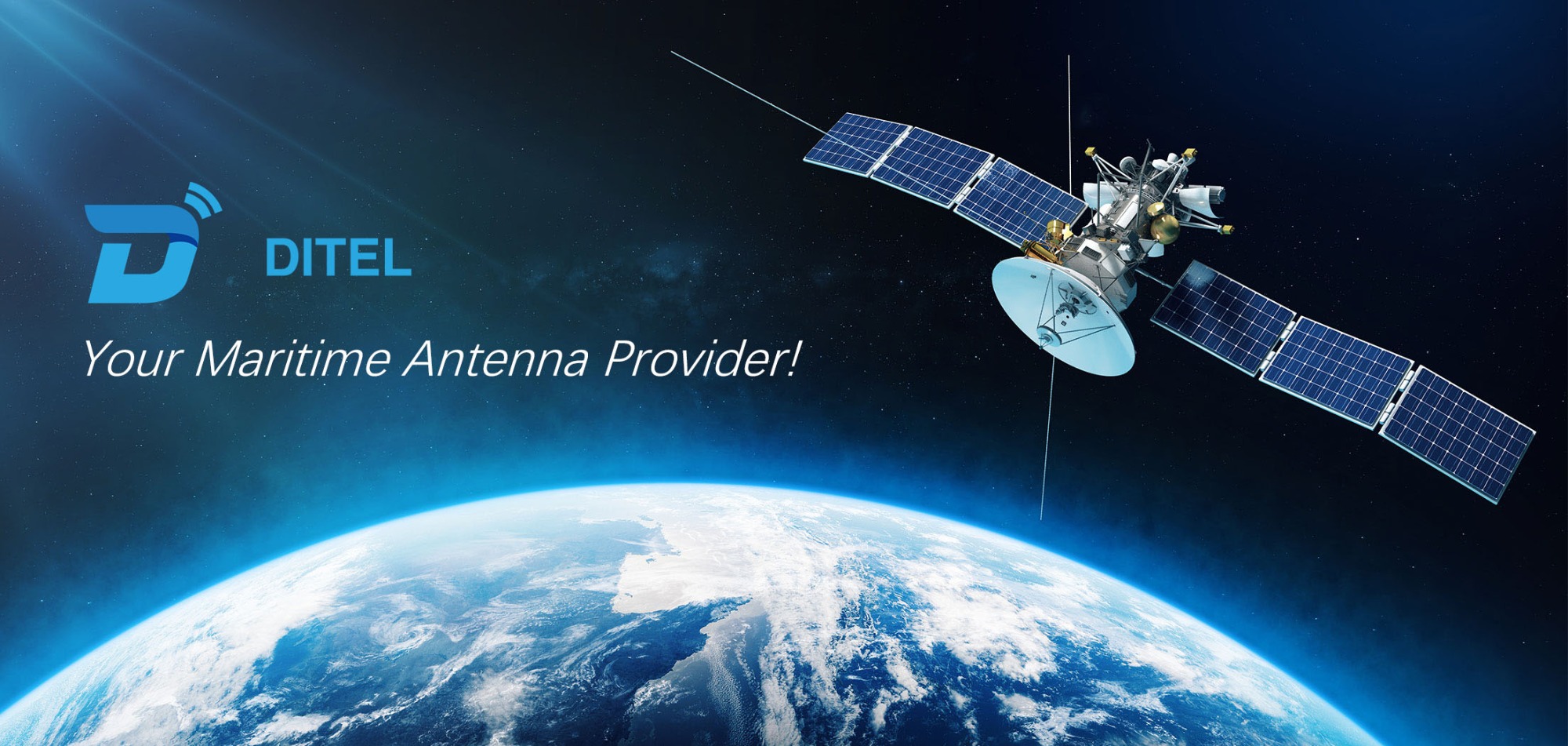
Data sourced from published reports online. Related links are provided below as references.
Abstracts
1.Satellite communication industry will keep growing in the following eight years at steady pace
2.North America is the dominant market, and Asia Pacific is predicted to reach a significant growth, followed by Europe area
3.COVID-19 pandemic posed huge challenges in the market while also accelerated satellite communication applications
Overview
According to the market analysis report from Grand View Research, the global satellite communication market size was valued at USD 71.6 billion in 2021 and is expected to keep growing at a compound annual growth rate (CAGR) of 9.5% from 2022 to 2030. The market growth is mainly propelled by the increasing need for mobile satellite services and small satellites for earth observation services across various industries, including energy, oil & gas, defense, and agriculture (Grand View Research).
According to Grand View Research, a growing number of satellite operators are investing in Ka-band applications these years. Compared with Ku-band, Ka-band works with shorter waves and reaches greater efficiencies, which can speed up data transmission while requiring minimum terrestrial infrastructure. However, as the availability of the Ku-band is superior to the Ka-band, Ku-band will still be used as a primary telecommunication band for satellite antennas.
Regions
North America is reported as a dominant market with over 32.0% share of global revenue in 2021 (Grand View Research). The growing demand for satellite communication in North America together with notable contribution provided by some key players, such as Telesat, Viasat, Inc., and EchoStar Corporation, this regional market is anticipated to expand significantly over the next few years.
Over the projection period of the report by Grand View Research, Asia Pacific is expected to reach a significant CAGR in the following years. China and Japan are regarded as two main driving markets to this region’s growth (Grand View Research). The increased usage of satellite antennas in the communications, IT, aerospace, and automotive industries is responsible for the expansion of the regional market over the forecast period.
Besides, Europe is predicted to witness the second-fastest growth, due to infrastructure modernization and rising passenger traffic in marine and coastal tourism (Grand View Research). The need for Low Earth Orbit (LEO) satellites to provide backhaul networks for rural or inaccessible areas has also increased as 5G installations spread across the nation. Along with the technological developments in Geostationary (GEO) satellites, which offer high throughput and enhanced durability, LEO spacecraft provide reduced latency in Satcom.
Covid-19 Impacts
The worldwide COVID-19 has made a significant impact on the global satellite communication industry since 2019. Because of the disruption in the supply chain of essential raw materials, a series of related issues have arisen for most players in this industry, such as lowered production, non-availability of materials, logistics challenges, and others (Allied Market Research, 2021).
However, although challenged by severe problems, this pandemic accelerated some positive developments for the market. For instance, several countries such as China implemented the use of satellite communication services for the identification of demographics of vulnerable and highly contagious COVID-19 areas through connecting the database of local geographic information and COVID-19 infected persons (Allied Market Search). The increasing rate of COVID-19 vaccination across the world is expected to alleviate the pandemic’s impact on the global satellite communication business.
DITEL Maritime Antennas
Responding to the increasing demand of Very Small Aperture Terminal (VSAT) in maritime applications, DITEL has developed a series of VSAT models working on Ku-band. With the 3-axis stabilized platform and 5 patent technologies, these models suit for various vessels, either smaller vessels with space constraints or large vessels such as commercial vessel and wind installation vessel. DITEL VSAT antennas meet the need of remote support access, the real time video monitoring, broadband Internet, network television, remote video conference, SIP voice phone, Internet entertainment and many other network applications.
Note: All data mentioned in this article are based on published market reports developed by professional industry analysis organizations. The access to the detailed market reports are included in the reference list below.
References
[2]“Satellite Communication Market Size & Analysis Report, 2030,” Grand View Research,
*SEND INQUIRY
